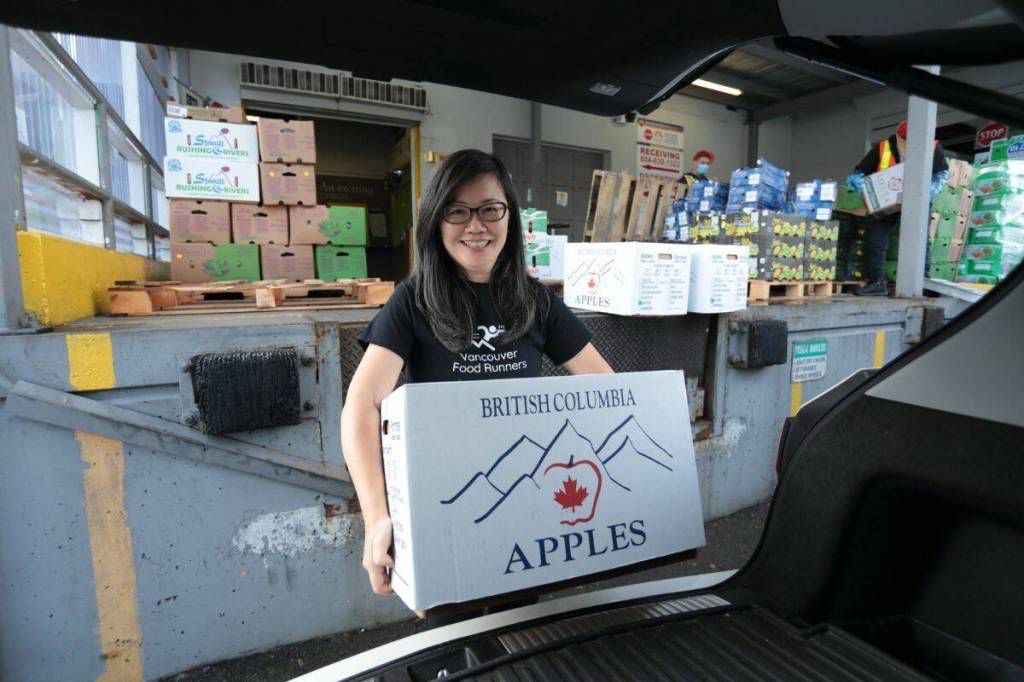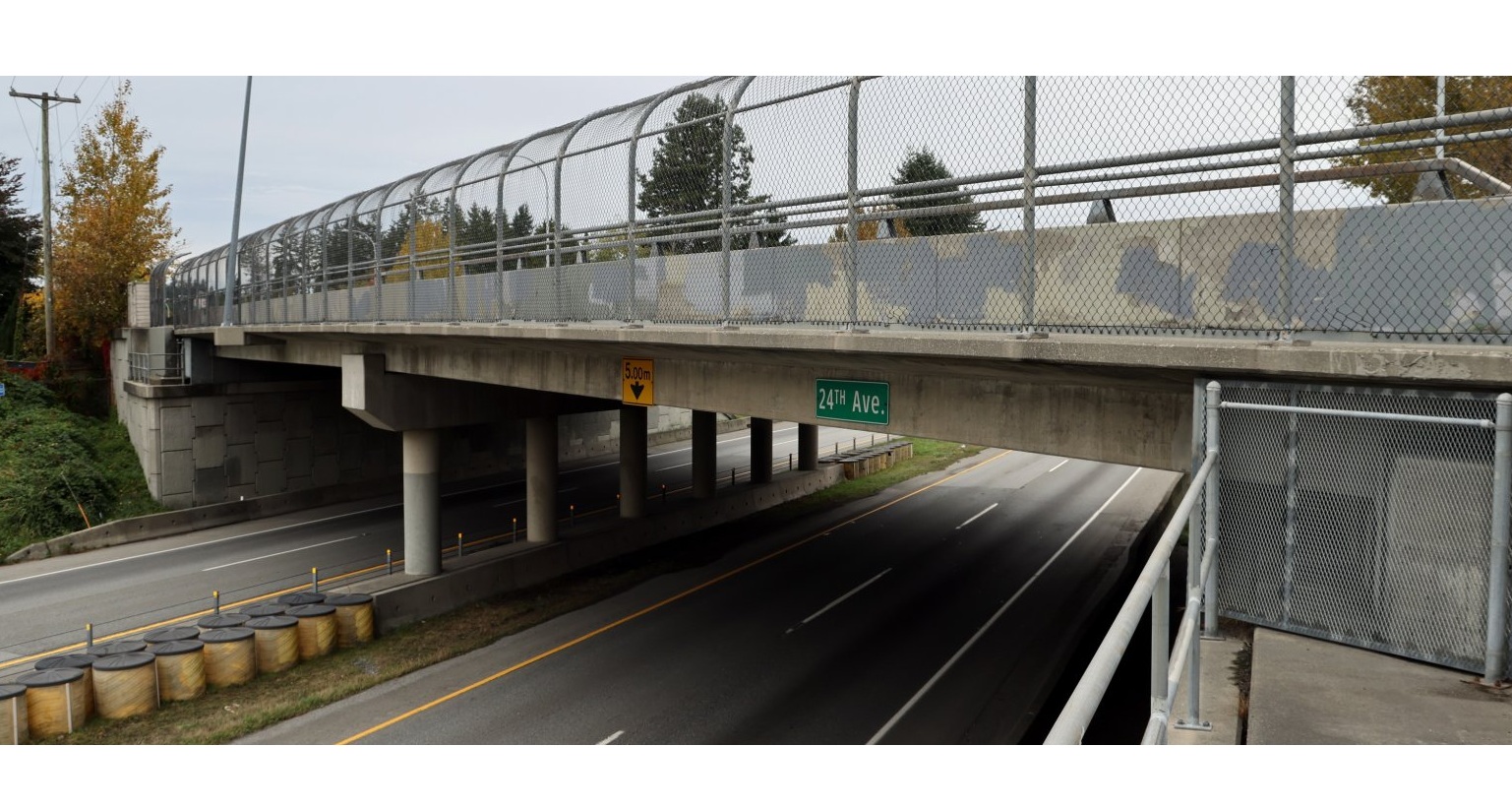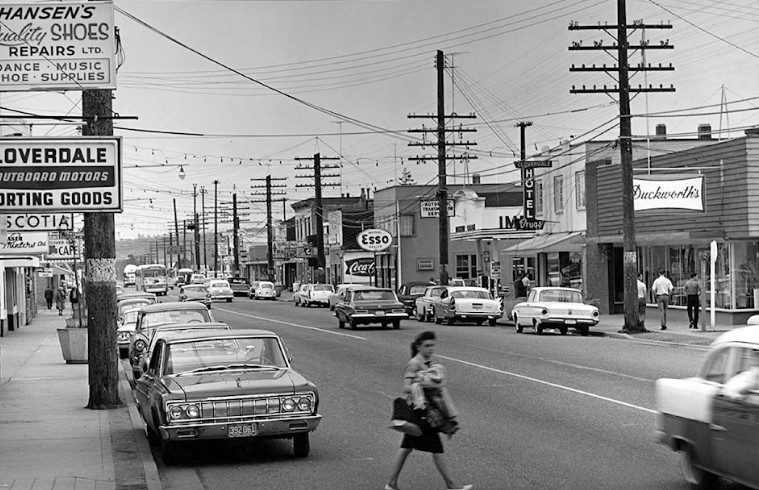Once Surrey’s civic centre, Cloverdale’s deep roots and small-town charm continue to shape the city’s identity as a cultural and heritage hub.
Cloverdale’s Origins Rooted in Clover Fields
Cloverdale, one of Surrey’s oldest communities, began as a quiet agricultural area known as Clover Valley. Named in the 1870s by settler William Shannon for its fragrant summer clover, the area quickly blossomed into a civic and commercial centre following its establishment in 1879 near Five Corners.
Railways Spark Transformation
A major turning point came in 1891 with the arrival of the New Westminster Southern Railway. The community shifted from a rural valley to a growing town built along rail lines that later intersected with the B.C. Electric Railway and Great Northern Railway. This connection transformed Cloverdale into a transportation hub and commercial centre in the region.
Early Development and Civic Legacy
Cloverdale played a foundational role in Surrey’s development. It housed the city’s first doctor, police chief, jail, opera house, and various churches and schools. In 1912, Surrey’s municipal hall was established here, a building that still stands today as the home of the Surrey Archives on Highway 10.
Changing Times Shift the Centre
Cloverdale’s centrality began to decline with infrastructure changes in the mid-20th century. The opening of the Pattullo Bridge and King George Highway rerouted trade and commuter traffic away from the town. By the 1960s and 70s, key institutions like the RCMP detachment and municipal headquarters relocated, and commercial activity shifted toward Langley’s border and Whalley.
Revival Through Heritage and Community
Despite its decline as a civic centre, Cloverdale has experienced a revival as a heritage-rich residential community. It’s now home to cultural landmarks like the Museum of Surrey, the BC Vintage Truck Museum, the Fraser Valley Heritage Railway, and the annual Cloverdale Rodeo and Country Fair—one of the oldest events of its kind in Canada.
Clayton’s Rise Alongside Cloverdale
Adjacent to Cloverdale, Clayton has its own legacy. Named in 1889 by postmaster John George after his Ohio hometown, Clayton quickly developed with schools, a church, and a train station. The area supported logging and farming, and landmarks like the 1925-built Calkins General Store still stand today. Now, Clayton is a modern residential neighbourhood that continues Cloverdale’s growth story.
For continuous coverage and real-time updates on Surrey’s environmental initiatives and community stories, keep following Surrey News



























